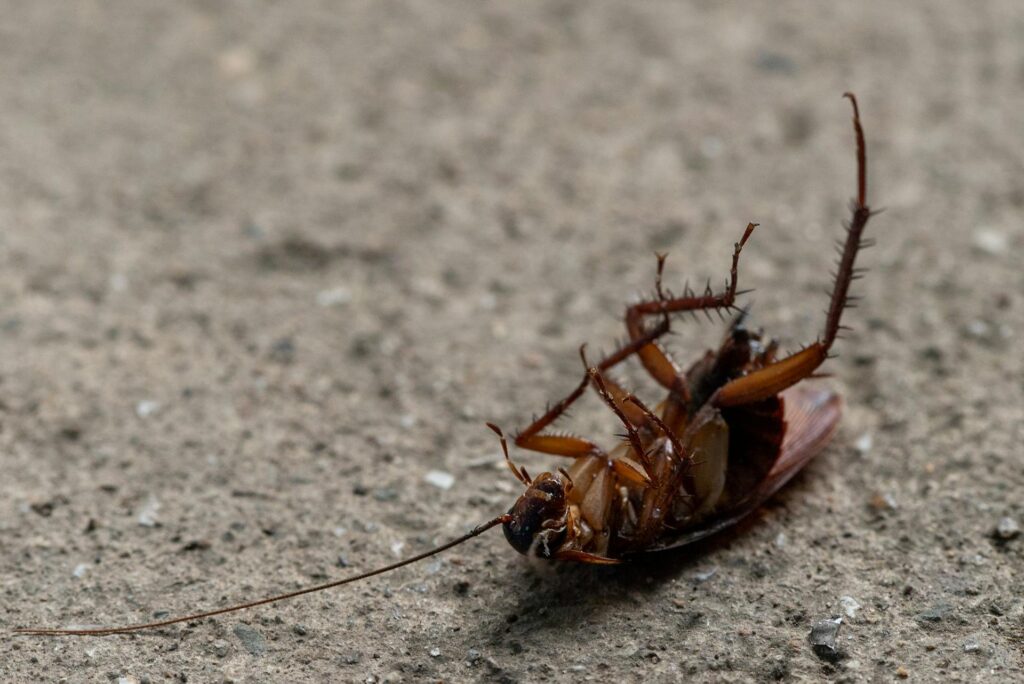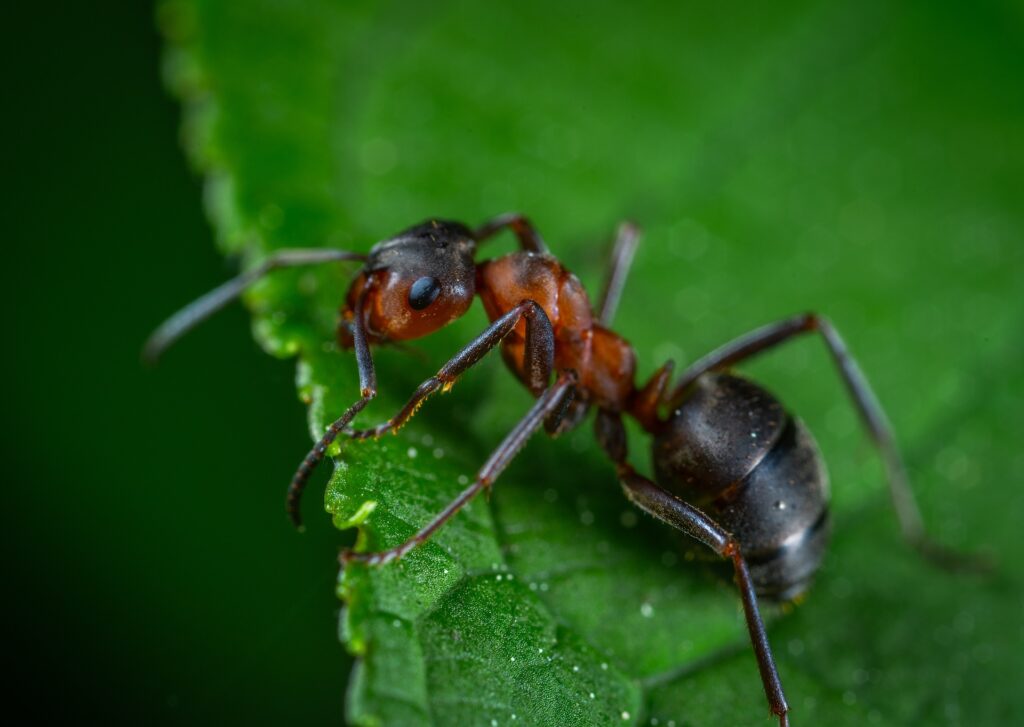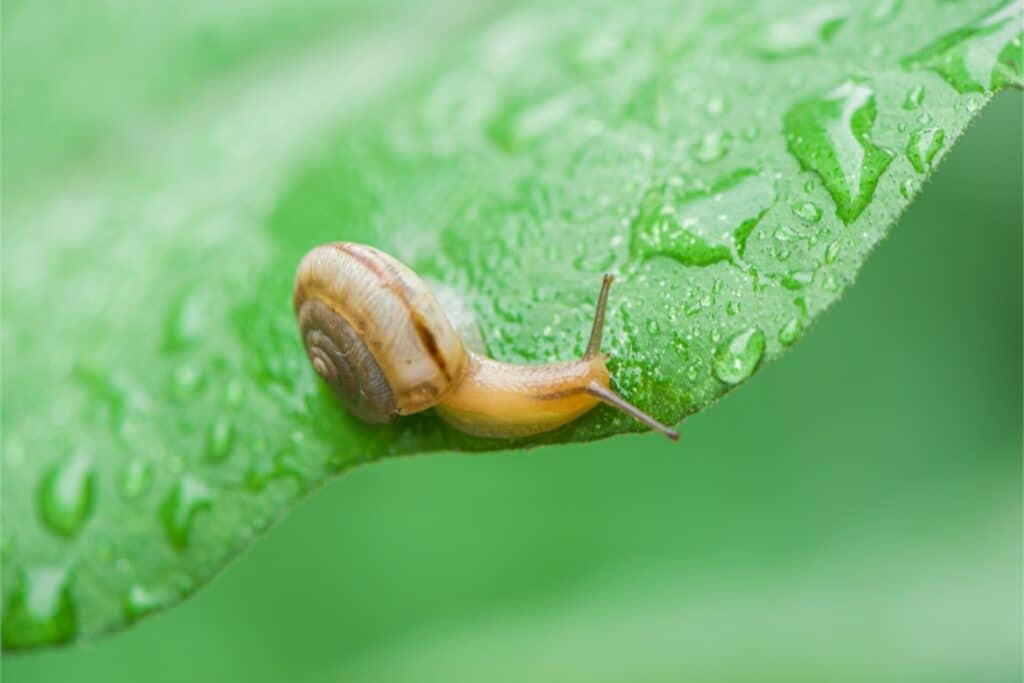When you first think of ticks, you may think of them as a problem for dogs, cats, or deer. However, ticks can be problematic for humans as well. Ticks can be found across the United States and a percentage, although low, can carry diseases, such as Lyme disease, that affect humans.
Unlike many other biting insects, ticks do not fly or jump. Instead, ticks crawl on to your body and burrow their heads into a soft area of skin that is well hidden, such as near the groin, behind the knee, or on the back of your neck. Once it has found a safe and secure place to draw blood, a tick will stay put for several days in order to feed before eventually falling off. If you notice that a tick has bitten you, you need to remove it as soon as possible.
How to know if you’ve been bit by a tick
Tick bites can be difficult to notice at first. Ticks are usually very small and you likely won’t feel anything if one does bite you. However, as a tick feeds, a bite will begin to appear. After a few days or so, a red bump will start to form. If the bite is in a spot that is hard to see, you may notice a bump because it can feel warm and tender to the touch. Some individuals may experience redness of up to 2 inches around the bite. If you notice that you have a rash surrounding the tick bite, you should get in touch with your primary physician, as this could be a sign of disease.
How to remove a tick
If you notice you’ve been bit by a tick, it is important to remove the tick promptly. While most ticks are harmless, removing a tick as soon as you find it can help you avoid any potential diseases the tick may carry, and decrease the chances of the bite becoming infected. Because the tick can be in a hard to reach place, you may need someone to help you remove it. To remove a tick:
- Grab a pair of fine-tipped tweezers, locate where the tick’s mouth meets the skin, and use the tweezers to squeeze the part of the tick that is attached to the skin.
- Steadily pull upward with even pressure until you notice that the tick’s mouth-parts are starting to release from the skin. Because a tick’s mouth contains barbs, this might take a little time. It is important to be patient and to not get frustrated.
- Don’t tug or yank the tick from the skin as this can cause the tick to break away from its mouth-parts, leaving them attached to the skin. However, if this happens, there is no need to panic. You can remove the mouth parts with tweezers following disposal of the tick.
- If the tick is still alive upon removal, place it in alcohol or wrap it in toilet paper and flush it down the toilet to kill it.
Once you have removed the tick, it is important to wash the bite with soap and warm water or rubbing alcohol. If the tick has burrowed into your skin and you cannot remove it, you should consult a doctor. You should also seek medical attention if you believe you’ve been bitten by a deer tick, develop flu-like symptoms such as fever, nausea, headache and muscle aches, or notice a rash surrounding the bite site. In particular, if you notice a rash that resembles a bullseye, you should contact your doctor so he or she can check for Lyme disease.
How Aptive can Help
Our integrated pest management techniques can help protect your property and family from ticks. An Aptive professional will inspect your property and identify any problem areas you may have. During this phase, your technician will be able to identify which species of tick is likely to inhabit your geographical area and provide you with common characteristics and behaviors of these ticks. They will also provide you with helpful methods and suggestions to prevent tick exposure. For example, if you live near a wooded area or your property contains lots of thick leaf litter, an Aptive professional will recommend modifying these areas in order to prevent ticks from settling there.
After a comprehensive inspection, your Aptive professional will be able to develop a suitable treatment plan and will treat areas on your property where tick control products can be used responsibly and effectively. Once your property is treated, a follow-up inspection, along with additional tick control treatment, may be necessary.
With Aptive’s application methods, training, products, and integrated pest management techniques, you can rest easy knowing your home is protected from pests. Call Aptive Pest Control to schedule your service today.








